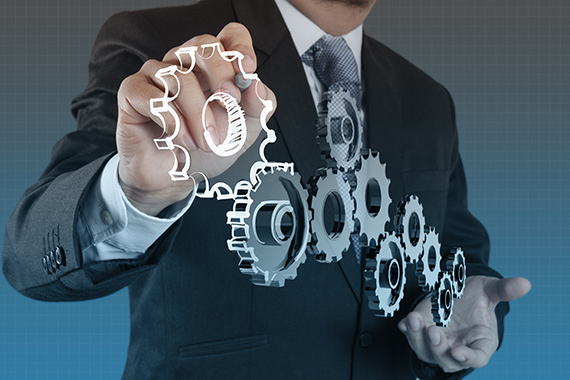Leasing Solutions for Established Businesses
- Leases under $250,000 only require an application
- No financials required
- Middle market financing up to $500,000
- Large ticket leasing available for $500,000 and up
Sale & Lease Back Program

New Business Startup Program
Lower & Challenged Credit Scores
Government & Municipal Leasing
Benefits of Leasing Equipment
According to recent surveys, 80% of U.S. businesses today, ranging from Fortune 500 corporations to local family enterprises, opt for equipment leasing. As companies navigate the challenge of constrained cash flow while striving to expand their equipment inventory, leasing has emerged as the ideal solution. Leasing empowers you to harness equipment's potential, delivering tangible cash flow benefits without substantial capital outlay.
Unlike bank lines of credit, which often come with variable rates, lease payments remain fixed regardless of market fluctuations. Opting for leasing ensures you're shielded from abrupt surges in interest rates.
The monthly lease payment is typically lower than what other financing methods require. By choosing to lease, you can retain your business's cash reserves for unforeseen expenses and future needs or bolster working capital during periods of lower revenue.
Unlike many financing options that demand down payments as high as 35%, leasing encompasses the entire equipment cost, covering 100% of the expense. Typically, only one or two advance payments are necessary for most leases. This enables you to utilize the equipment while minimizing initial costs.
Leasing doesn't affect your bank credit lines, allowing you to preserve your borrowing capacity for other business ventures and opportunities.
Technology is evolving at an accelerated pace. What fulfills your business requirements today will likely become outdated in 3-5 years. Leasing provides the flexibility to stay competitive by keeping up with the latest technology and the ability to upgrade as needed.
Leasing equipment offers notable tax advantages for businesses. Lease payments are often treated as operating expenses, allowing for immediate deduction from taxable income. Additionally, these payments may be considered pre-tax business expenses, effectively lowering the overall tax burden.

